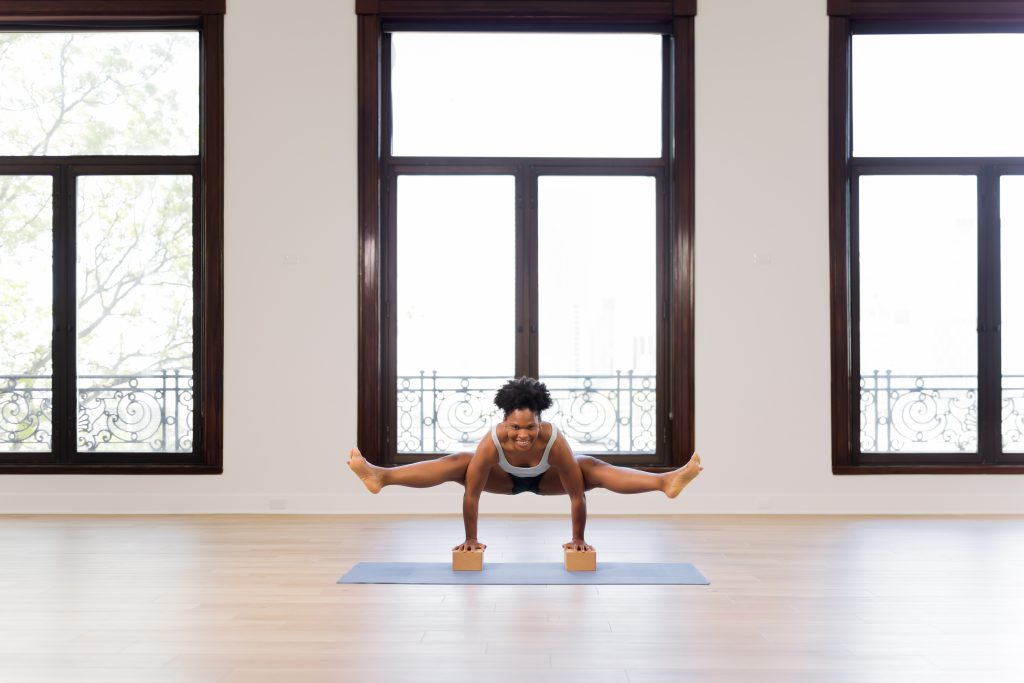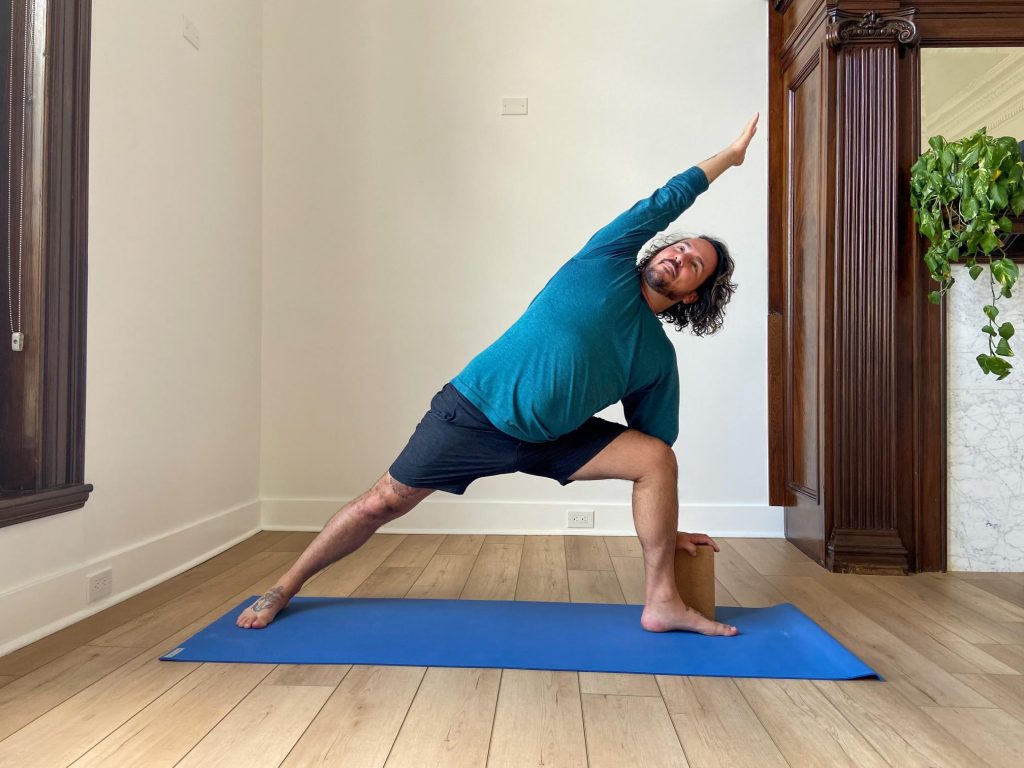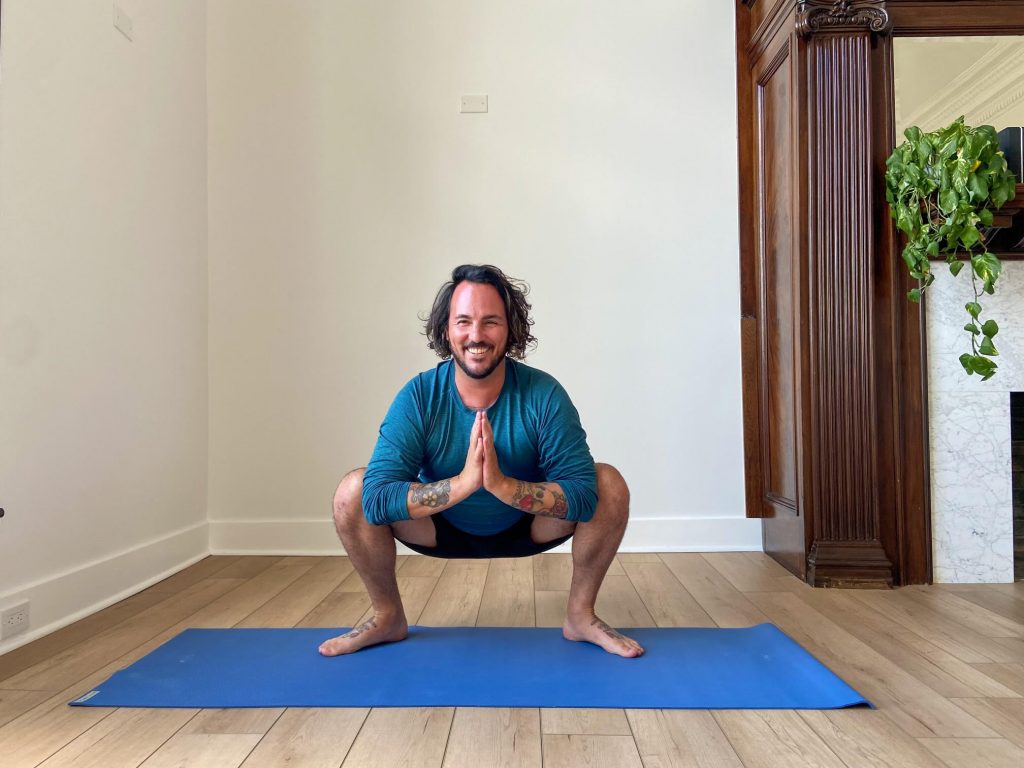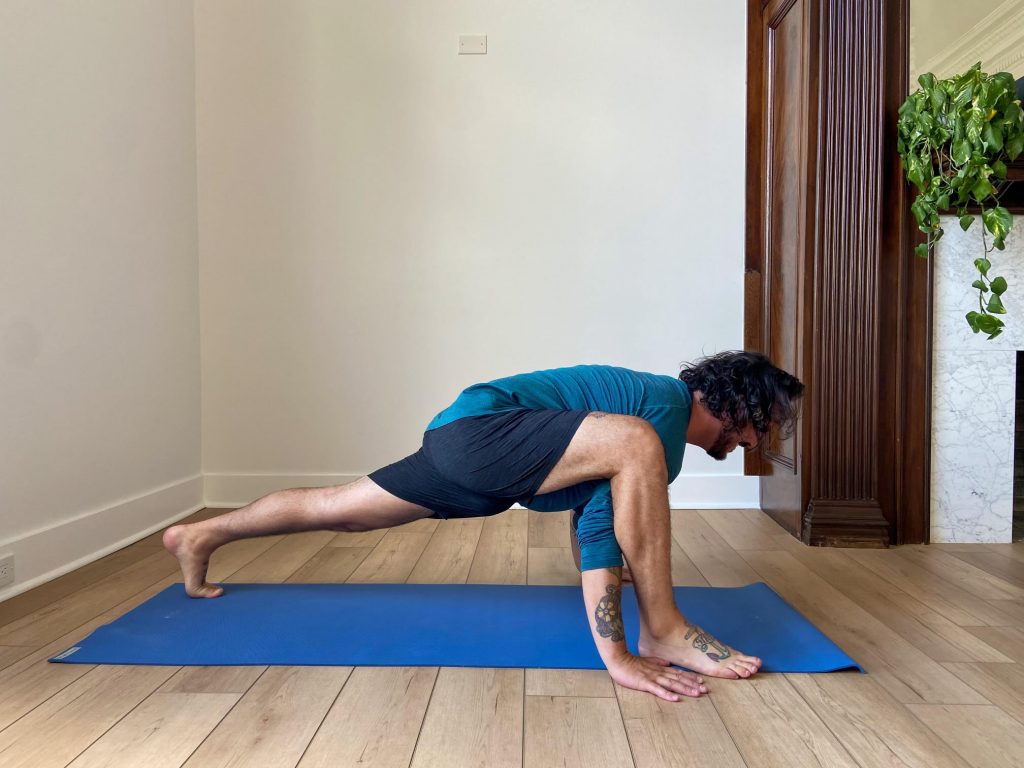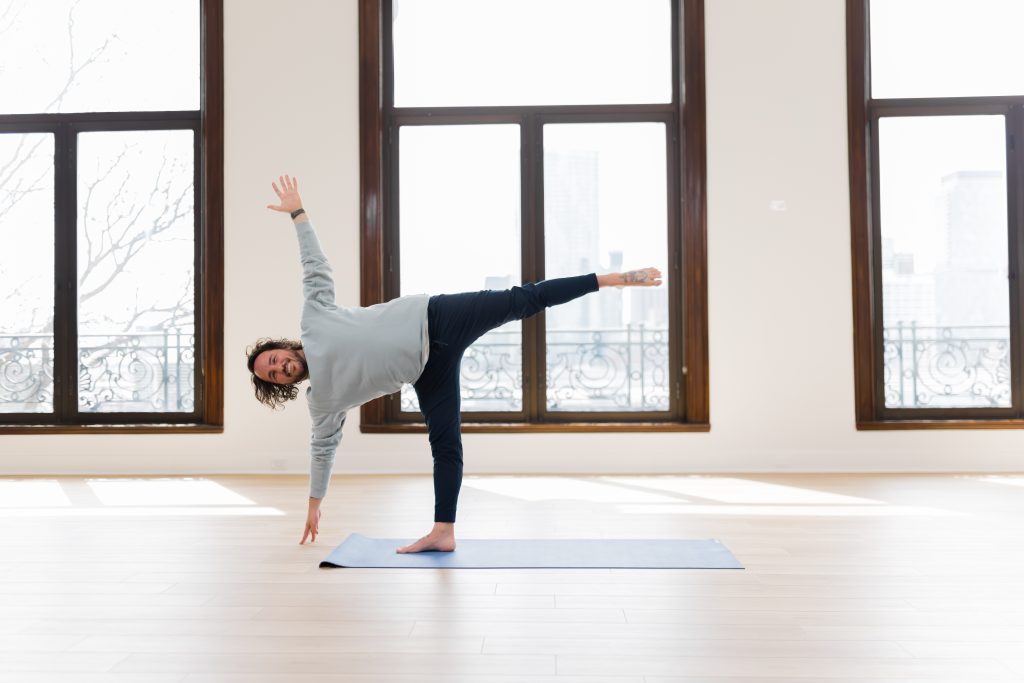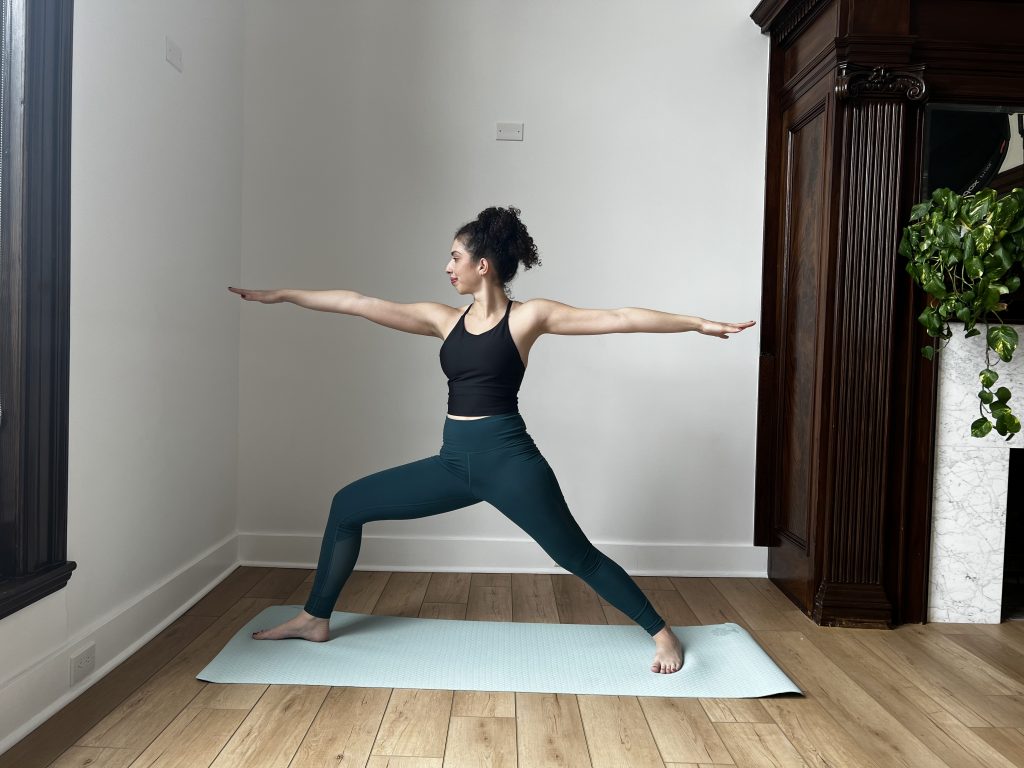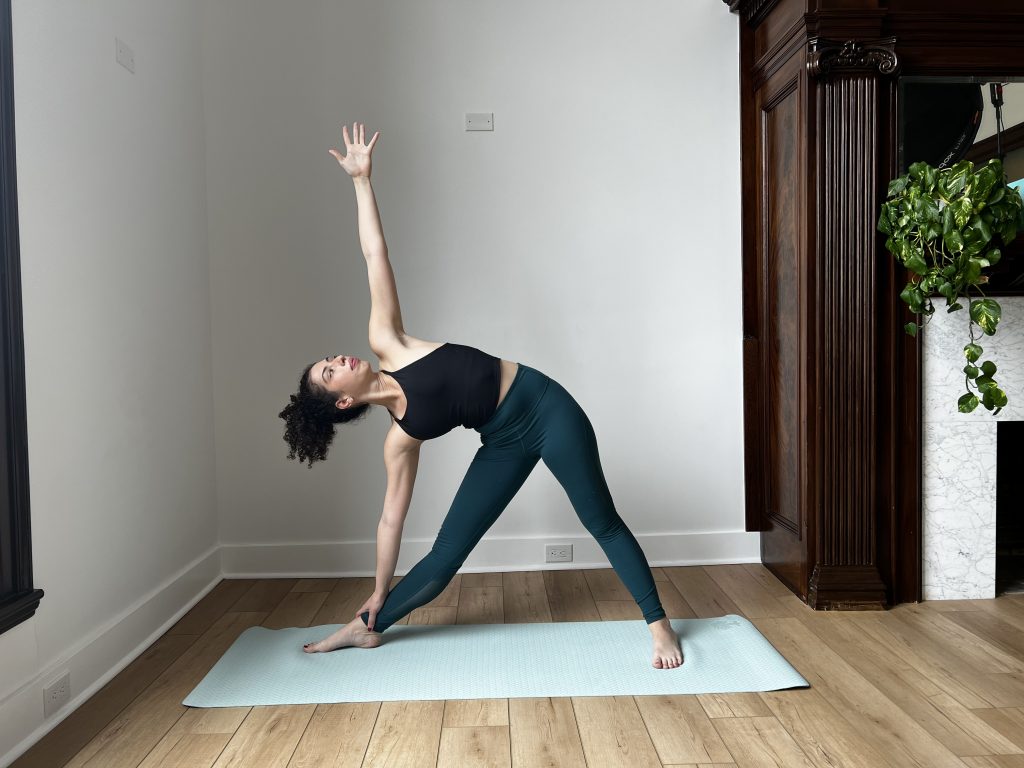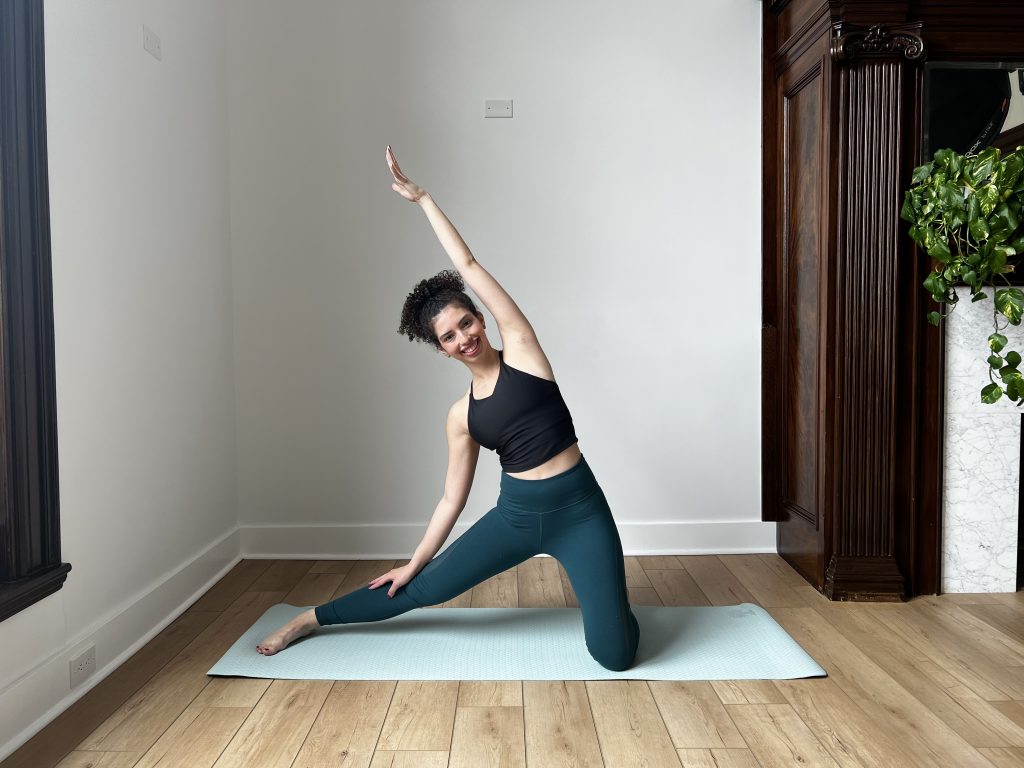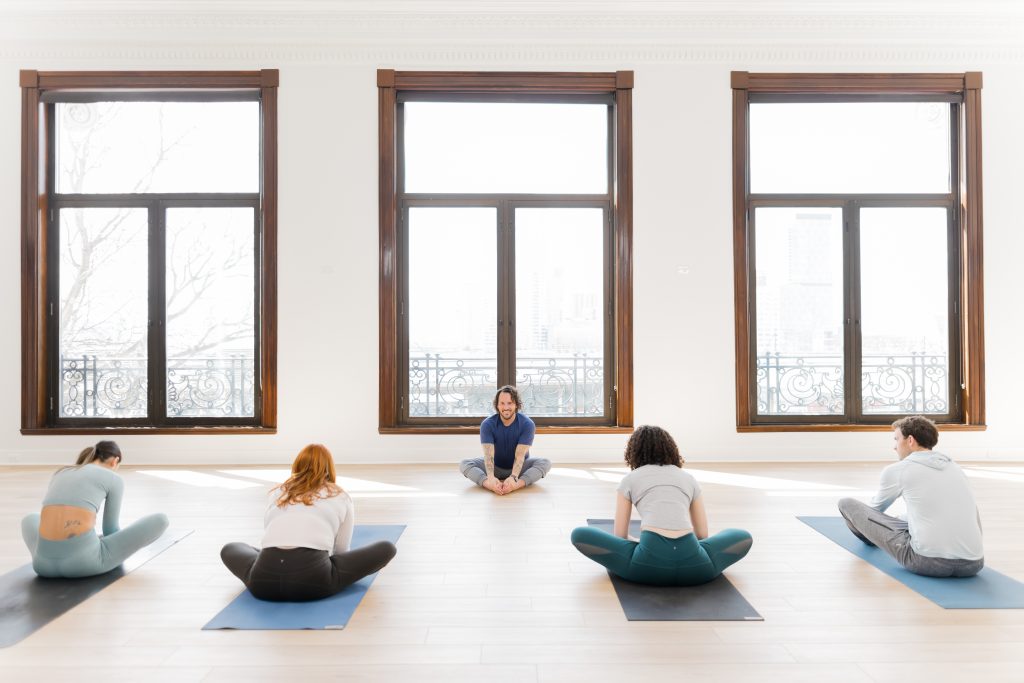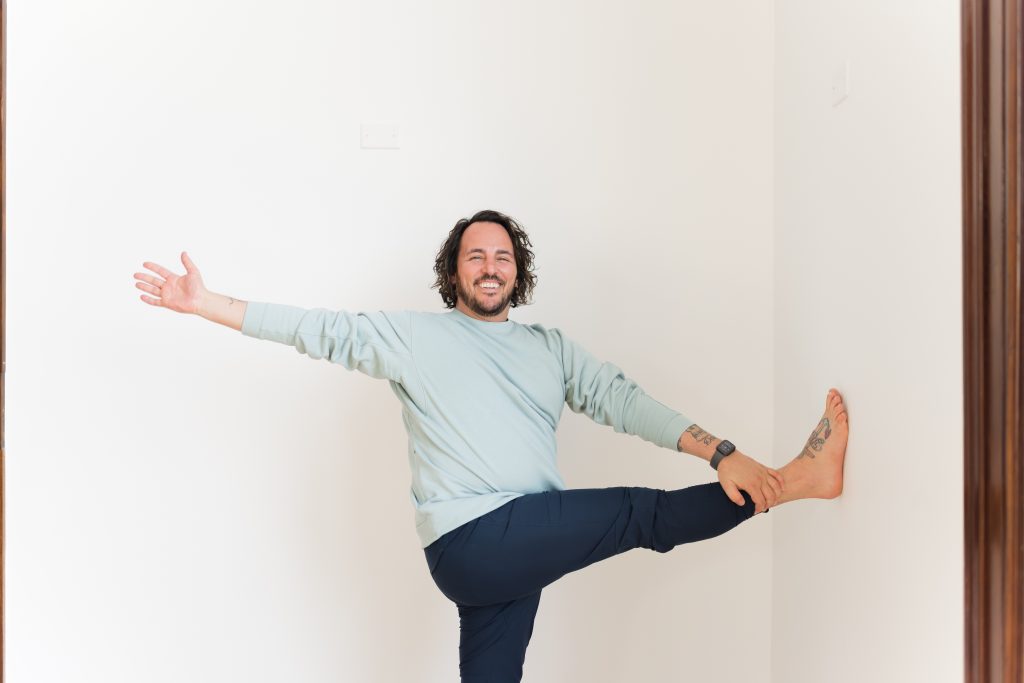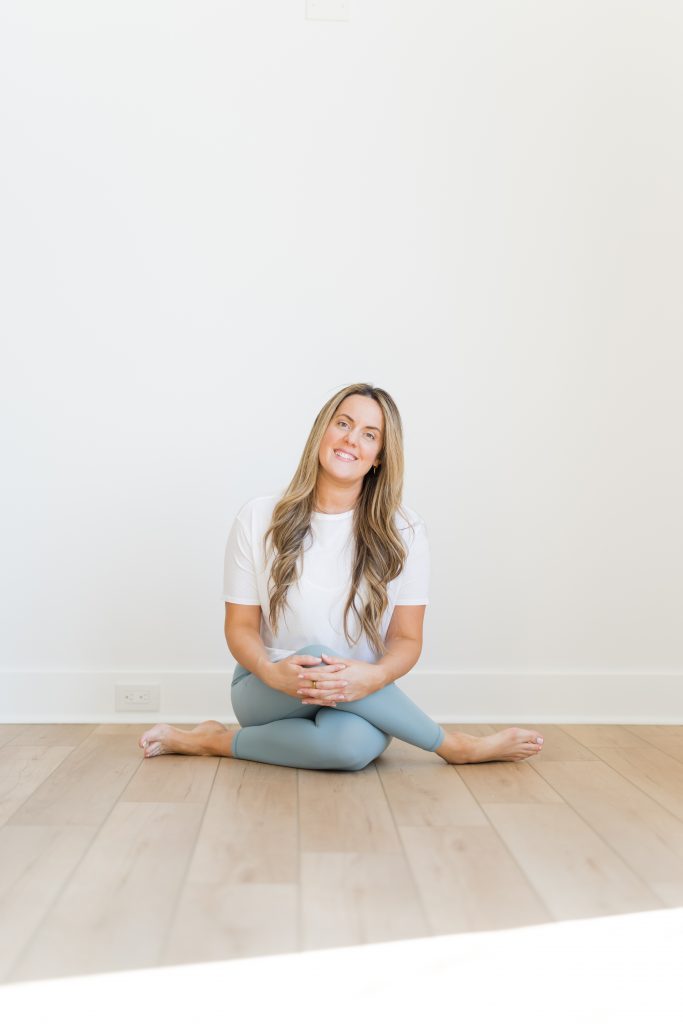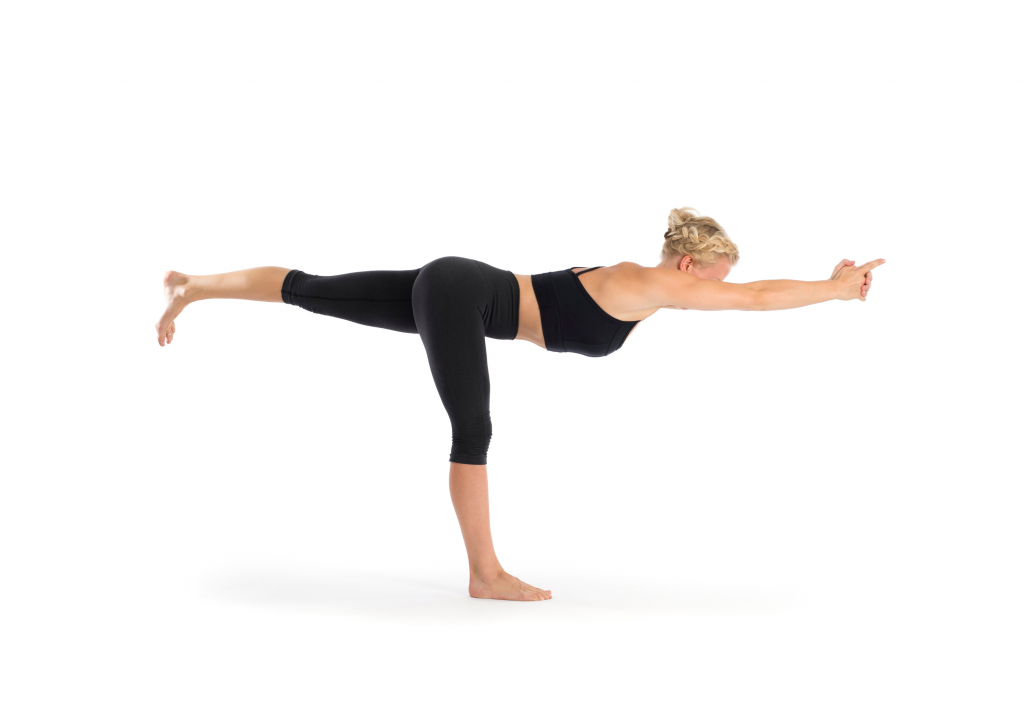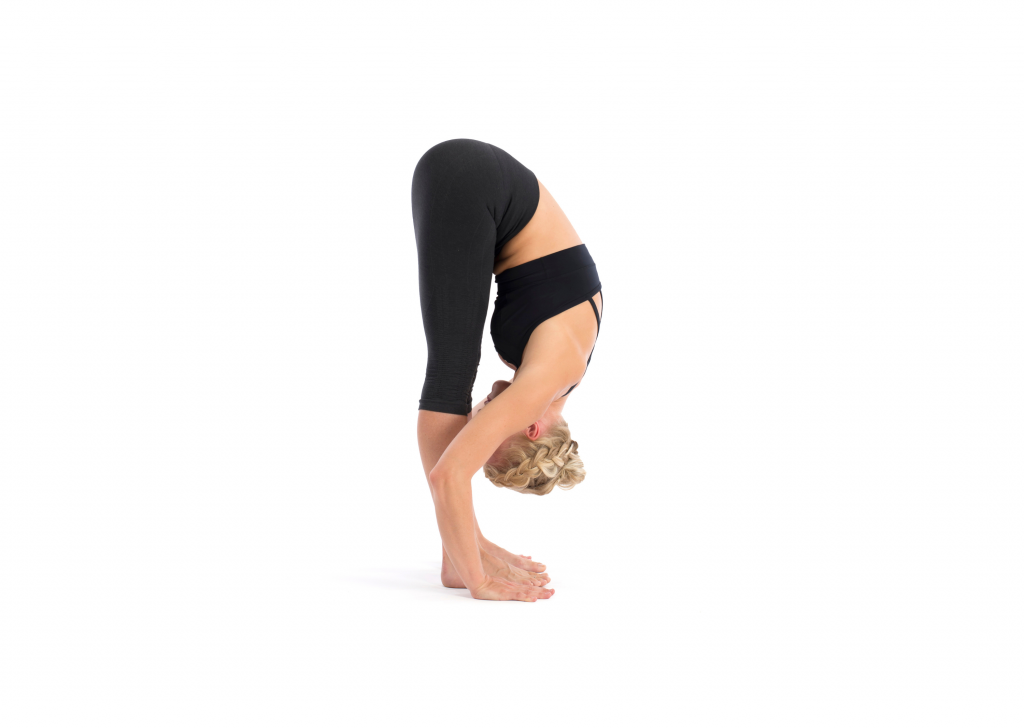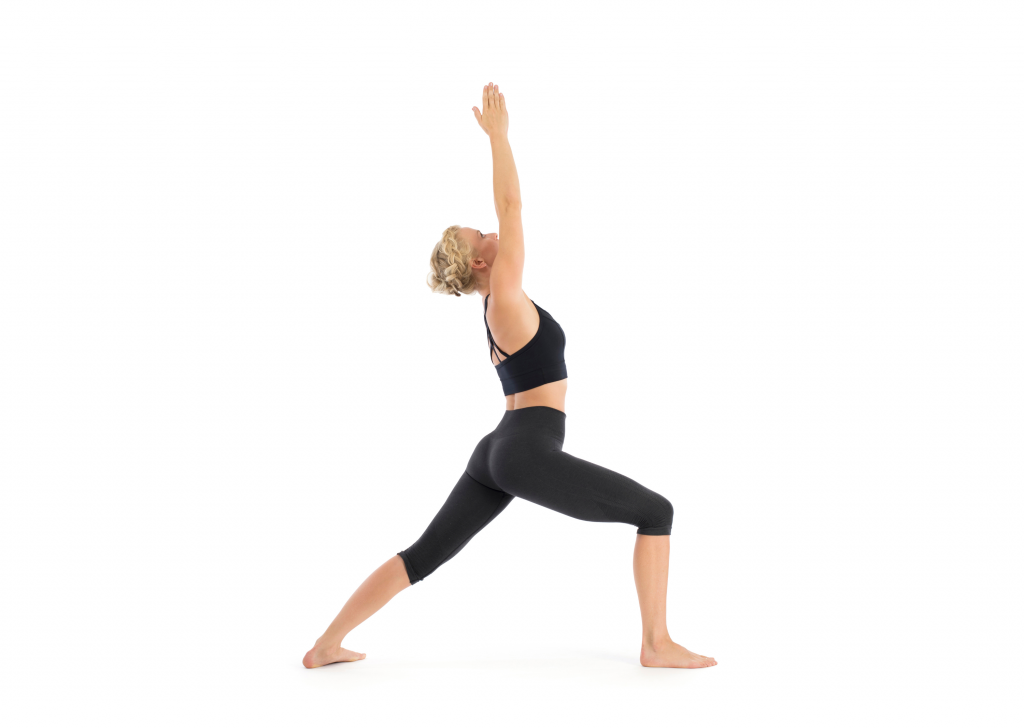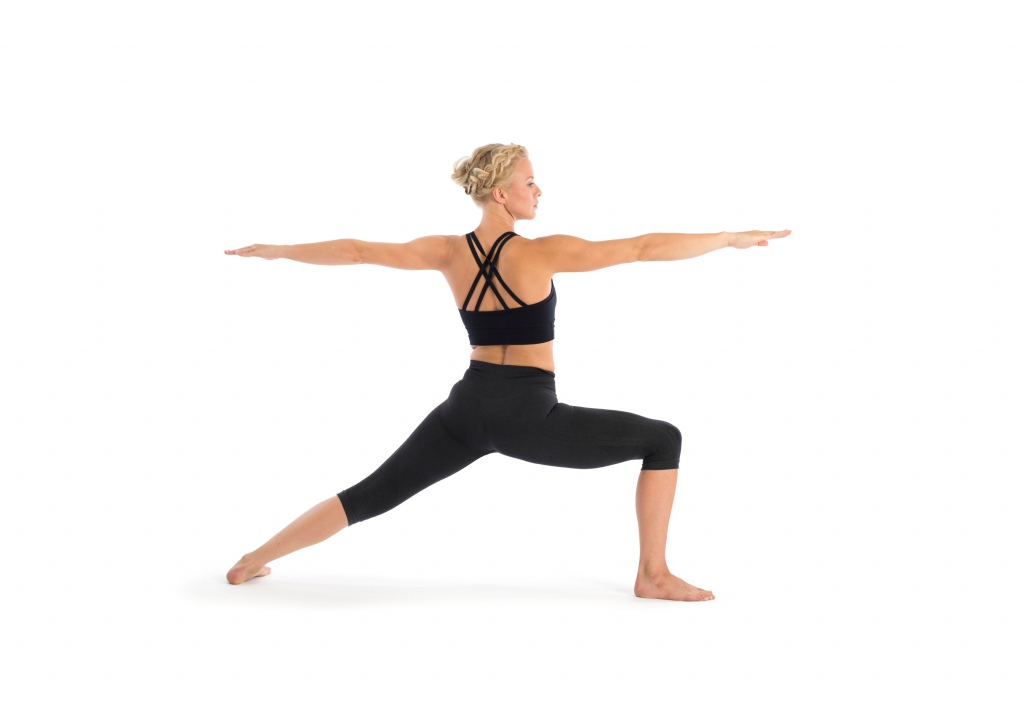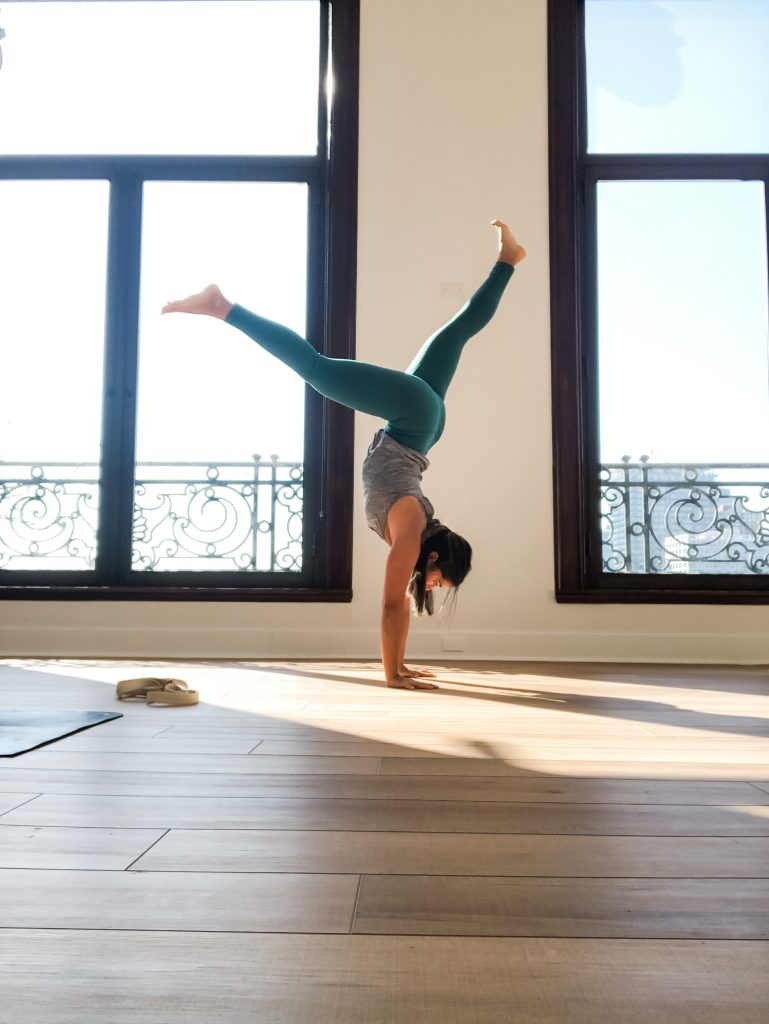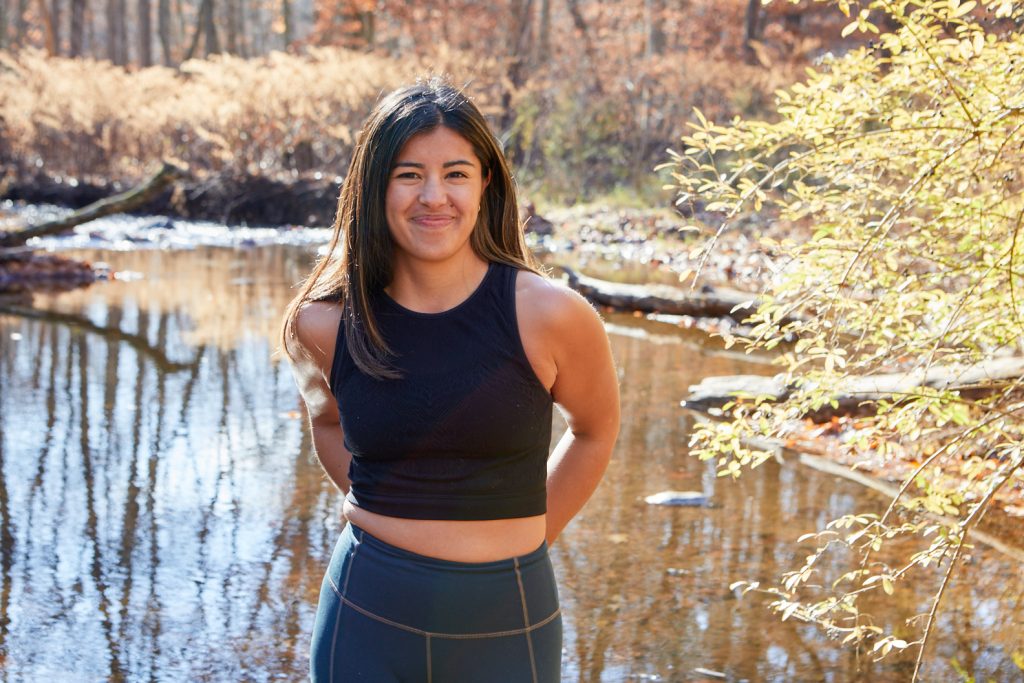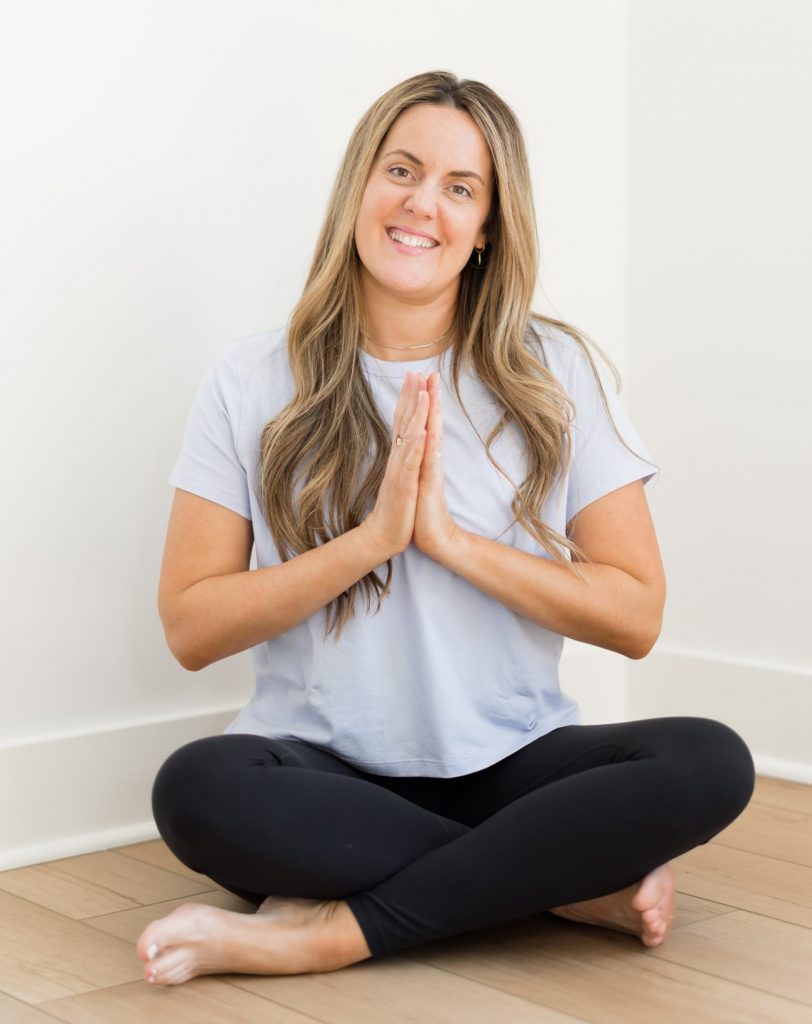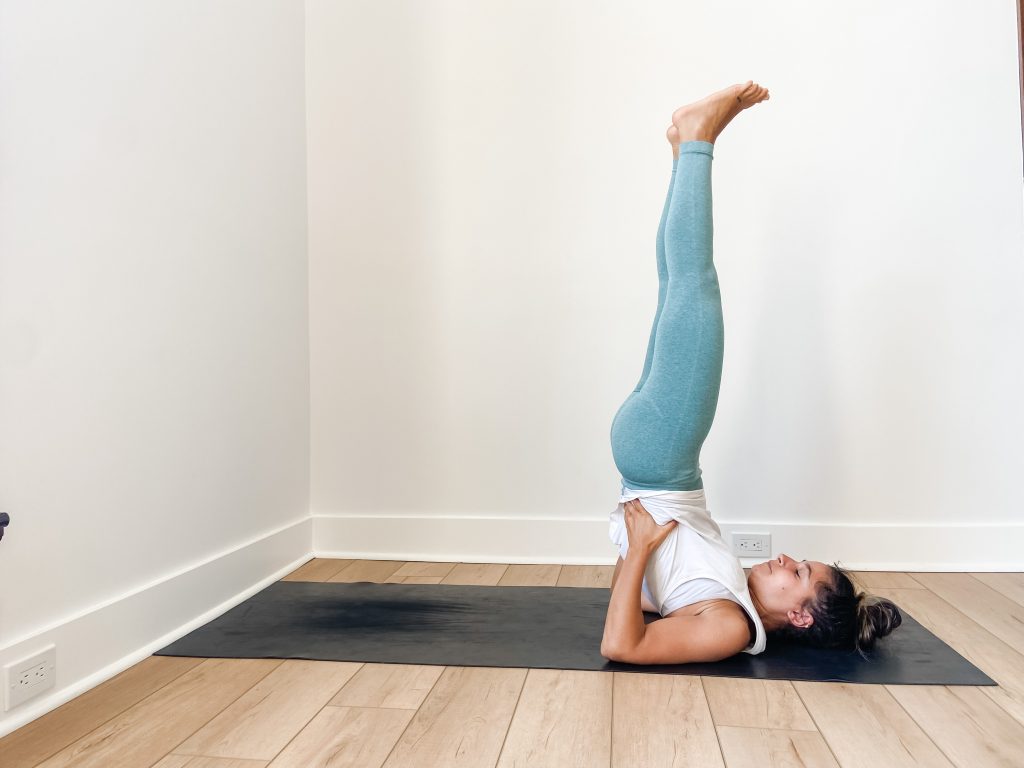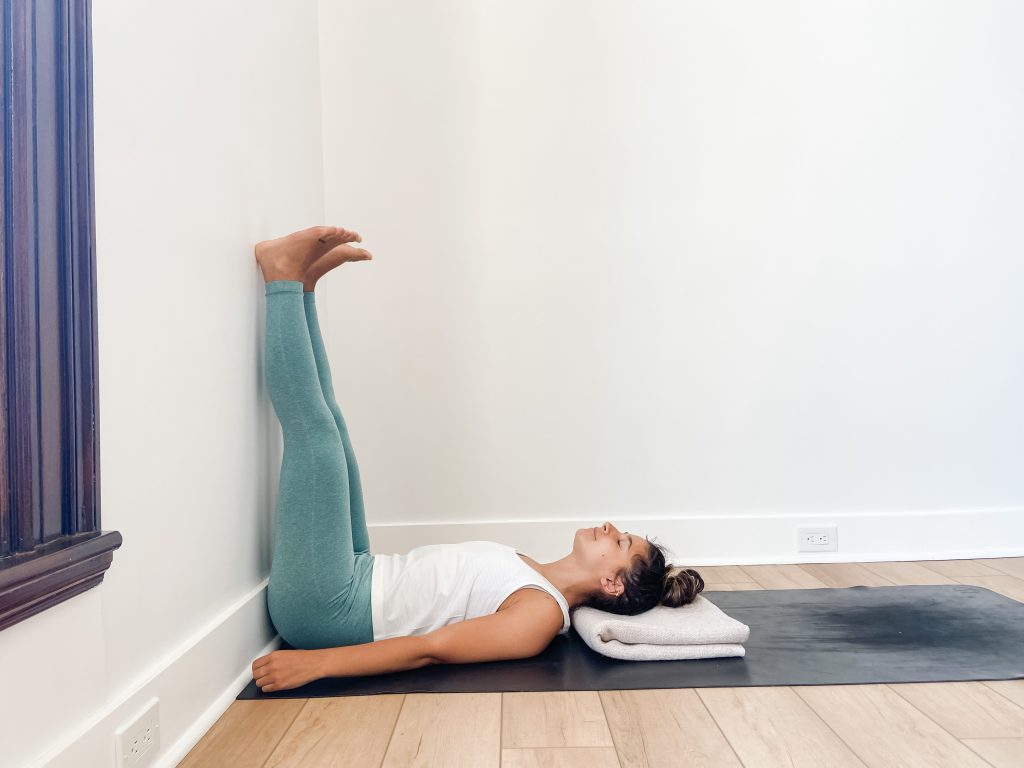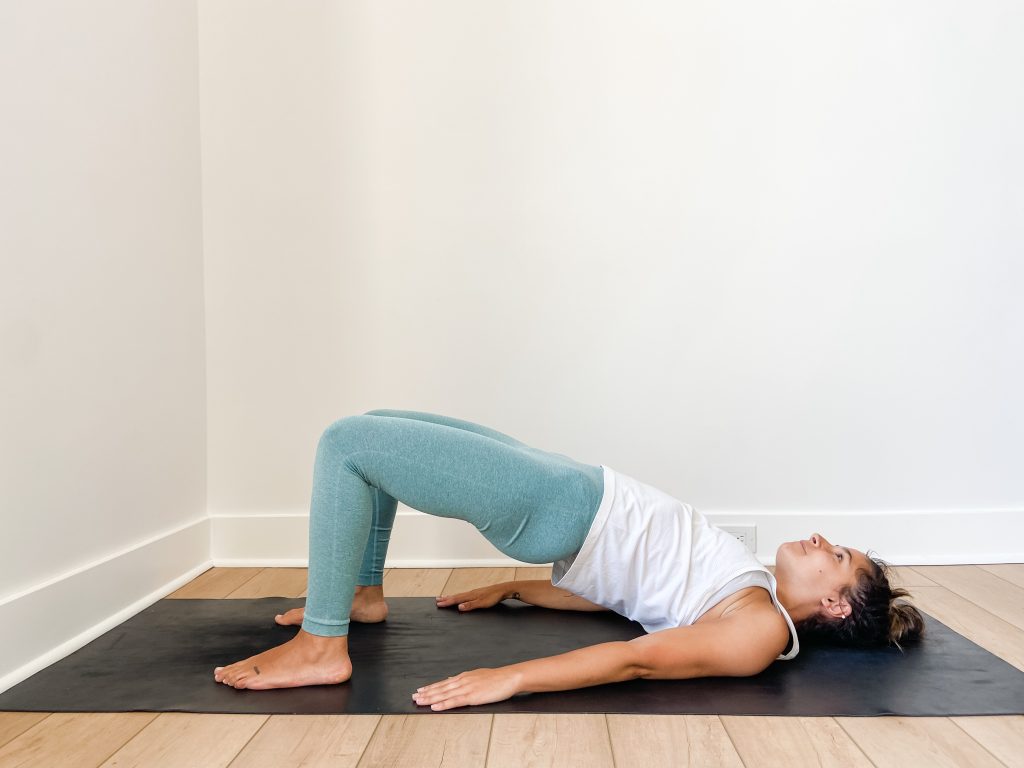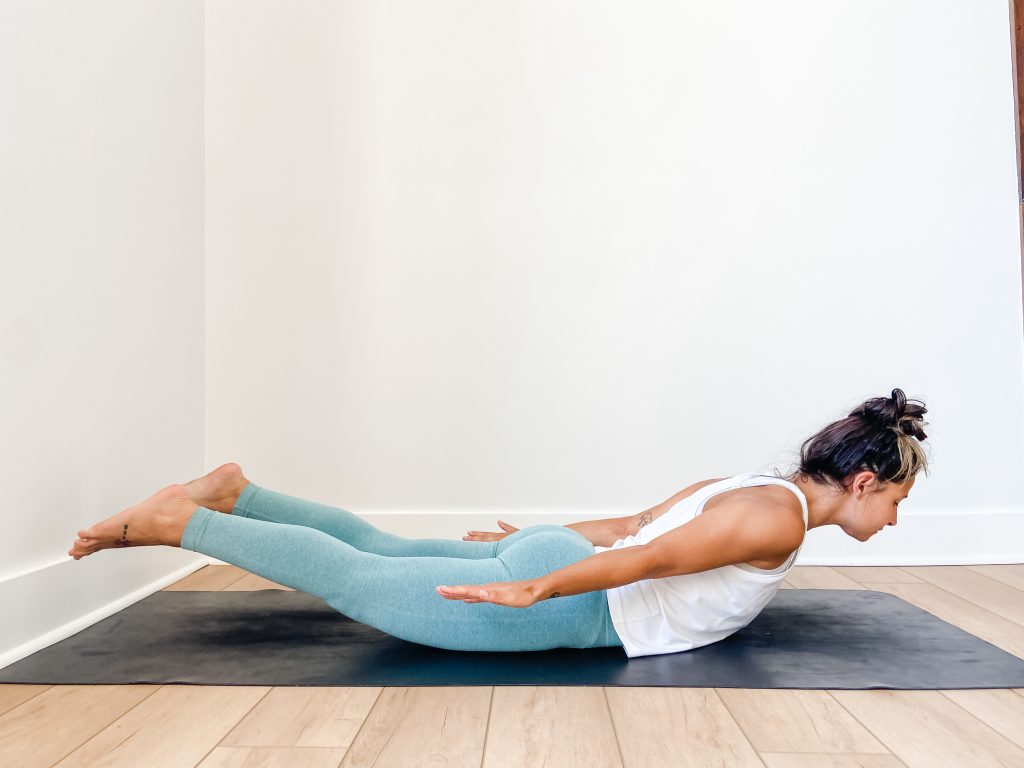Do you know your zodiac sign? Typically, your zodiac sign is described as your sun sign. Your zodiac sign is determined based on where the sun was on the day you were born. A lot of interest is placed here with all the hype on sun signs and horoscopes. However, all the planets, asteroids, moons, stars, etc. have a place in your birth chart.
Whether you know more about your placements or not, we can all relate to the twelve zodiac signs in some way. They all offer different insights and teachings that we can apply to our own life. In Astrology there are 12 Zodiac signs and 4 elements. The 12 signs are categorized by one of the 4 elements. That means each element rules 3 signs. If you enjoy both Yoga and Astrology, you can practice these poses to embrace the energy of fire, earth, air and water!
?Fire Signs: Standing Poses
The fire signs are Aries, Leo and Sagittarius. Fire signs represent movement and driven energy. Fire signs share the teachings of creativity and self-expression. However, fire signs don’t always have to be in movement to be strong and vibrant. Have you ever seen a campfire? It burns brightly in place. Practice these poses and explore them for 3-5 breaths. Feel the heat rise!
♈️ Aries: Warrior 1
Sanskrit: Virabhadrasana I
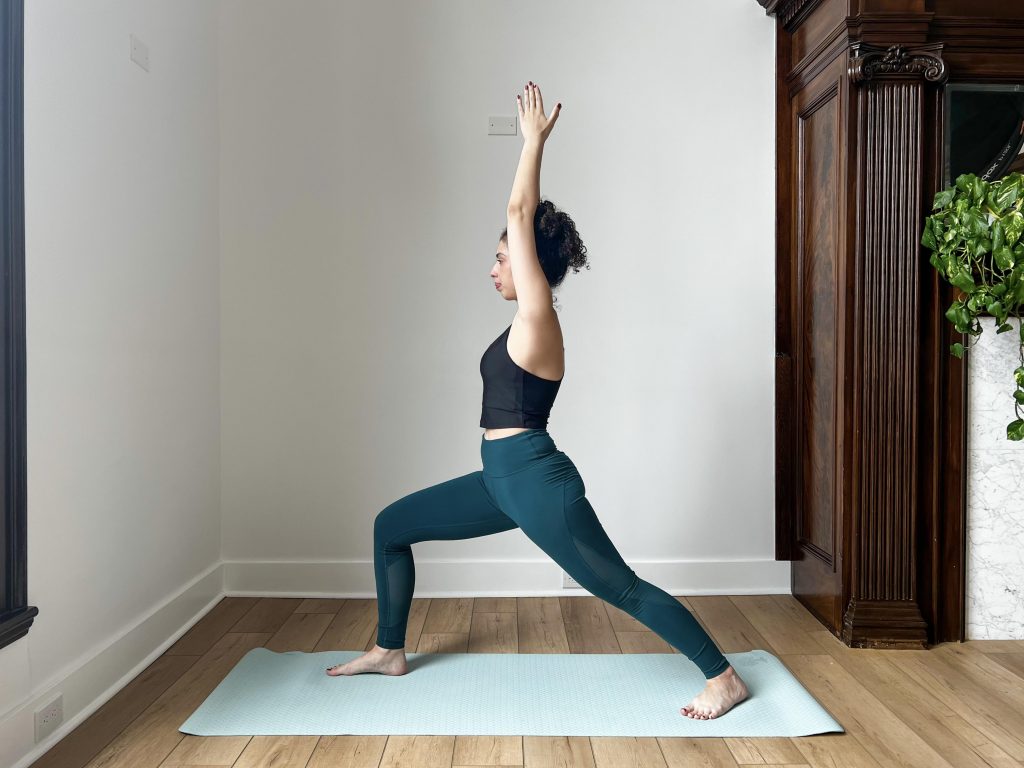
In Yogic tradition Warrior 1 represents the hero arriving at a ceremony with two swords in hand. In Astrology, Aries also represents a hero. Aries represents the first, the beginning of consciousness, and this energy respects bravery. Aries teaches to be the hero/heroine of your own story. Yet, not all battles are yours to fight. Be committed to your growth and also have the strength to say no without guilt or fear.
♌️ Leo: Warrior 2
Sanskrit: Virabhadrasana II
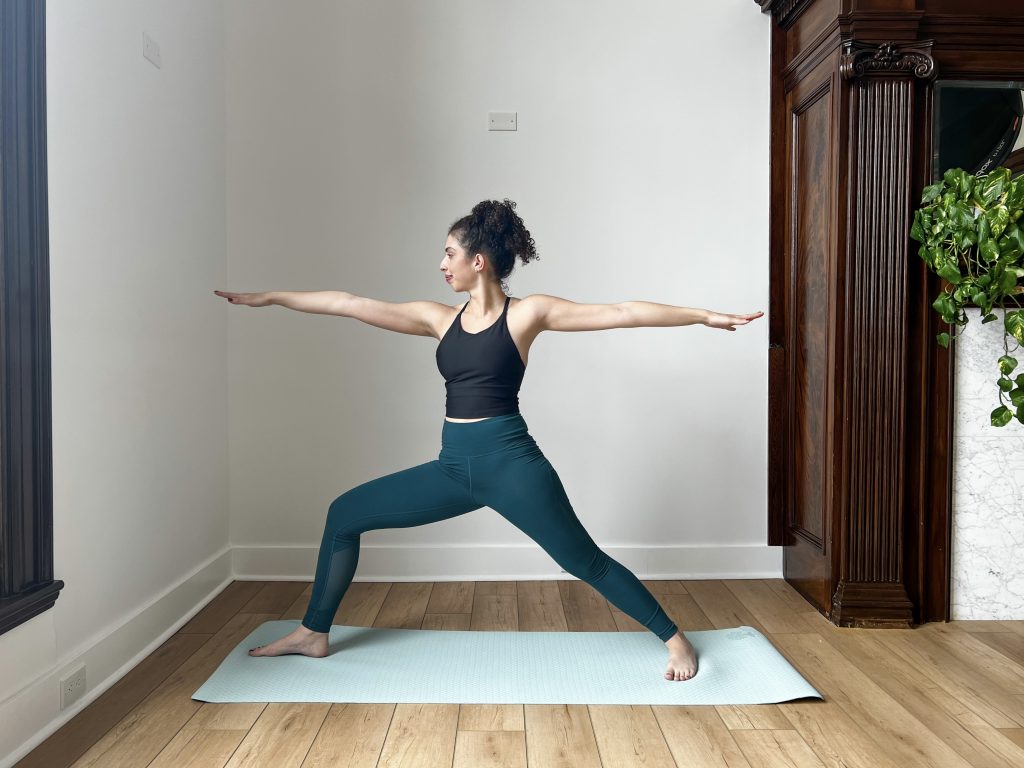
Leo energy also taps into the warrior spirit, with loads of enthusiasm. Think about what is worth fighting for. The wisdom of Leo shares the significance of expressing your uniqueness and originality. Shine your light for the world to see. What brings you joy? Go after it. In Warrior 2 feel the heart space and solar plexus open as your arms expand, tapping into your self-confidence, generosity and love.
♐️ Sagittarius: Warrior 3
Sanskrit: Virabhadrasana III
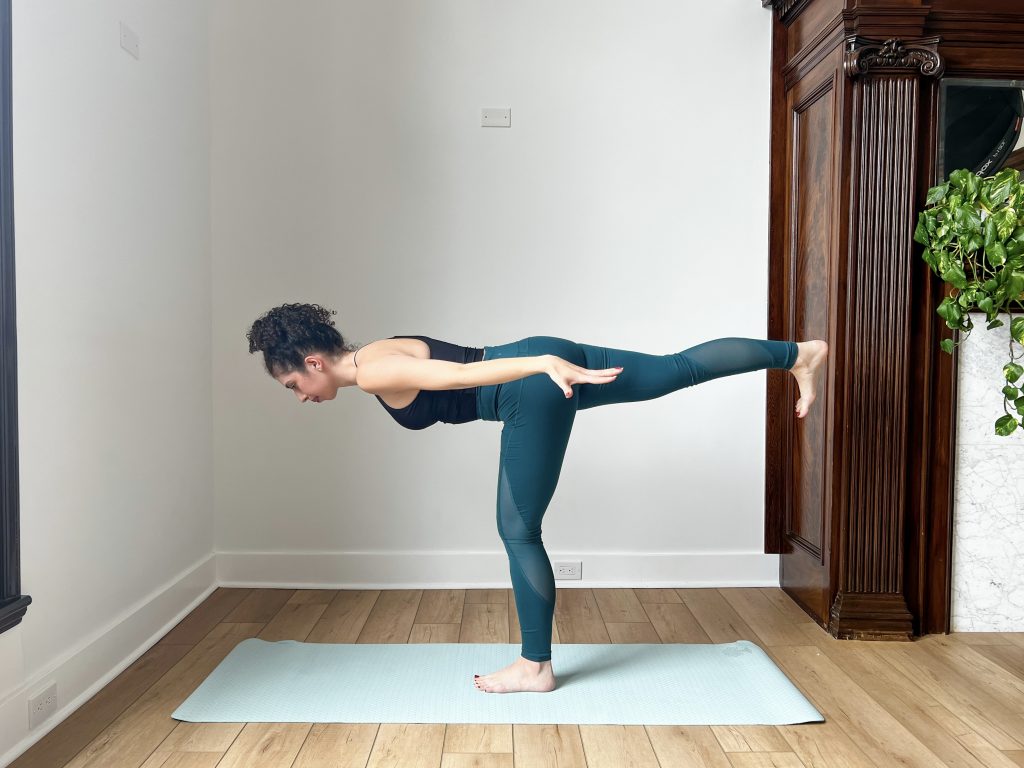
Sagittarius is known as the Archer symbolized as a bow and arrow. Sagittarius is depicted as a Centaur, half human-half horse who was also a warrior and a healer and teaches us to explore and create adventures for ourselves. Sometimes the arrow will have an exact target and other times you are trusting faith to bring you in the right direction. When practicing Warrior 3, feel like the bow and arrow of your destiny and dharma. Trusting what you can see and having faith in the direction you are being guided in.
⛰️Earth Signs: Grounding Poses
The earth signs are Taurus, Virgo, and Capricorn. Earth signs represent grounded energy. They bring stability and reliability. Practice these poses and explore them for 3-5 breaths. Feel your feet connecting to the earth beneath you. Earth signs stay focused on their goals and desires and want to deliver their best work, but we all make mistakes. Offer yourself patience and grace when practicing these postures.
♉️ Taurus: Tree
Sanskrit: Vrksasana
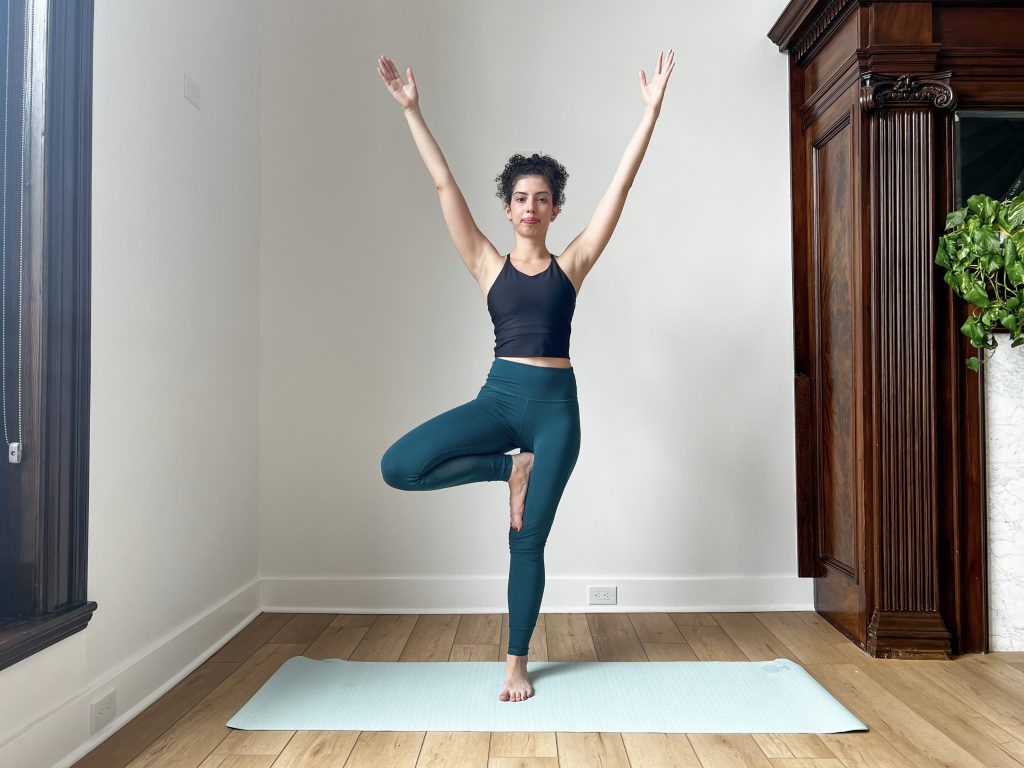
Feel the connection of your body from head to toe as you balance in this pose. One foot on the earth and one foot connected to your body. Feel the extension of your arms reach towards the sun. Notice the beauty of nature, and feel that same beauty within yourself. Taurus energy shares the wisdom of beauty, abundance, and self-worth. What are your values? Allow your values to change and evolve with you like the growth of a tree.
♍️ Virgo: Goddess with cactus arms
Sanskrit: Utkata Konasana
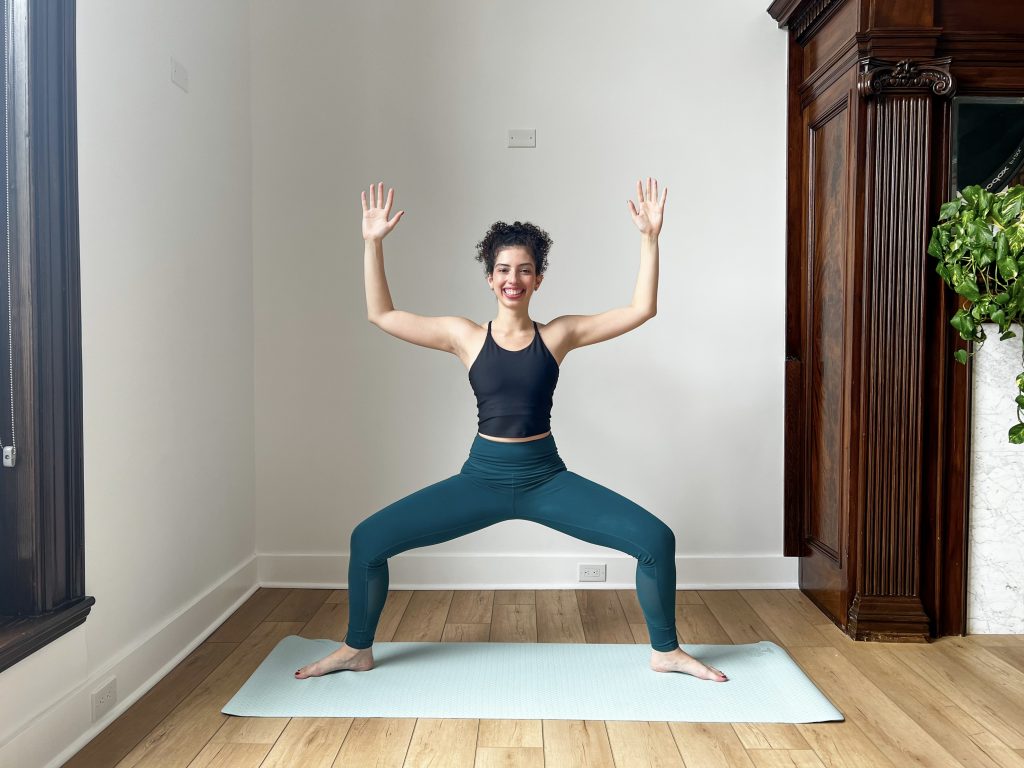
Feel the strength and stability flowing through the body. Virgo energy is mostly described as organized and clean, but there is so much more to the wisdom of Virgo. Virgo energy teaches us the beauty within the mundane. The smallest of details are grand and life changing. Your daily tasks and rituals can be done with pure love. Virgo also shares the importance of service to others. We are perfect exactly as we are. How can we help transform suffering by being of service to others and the world?
♑️ Capricorn: Garland Pose
Sanskrit: Malasana
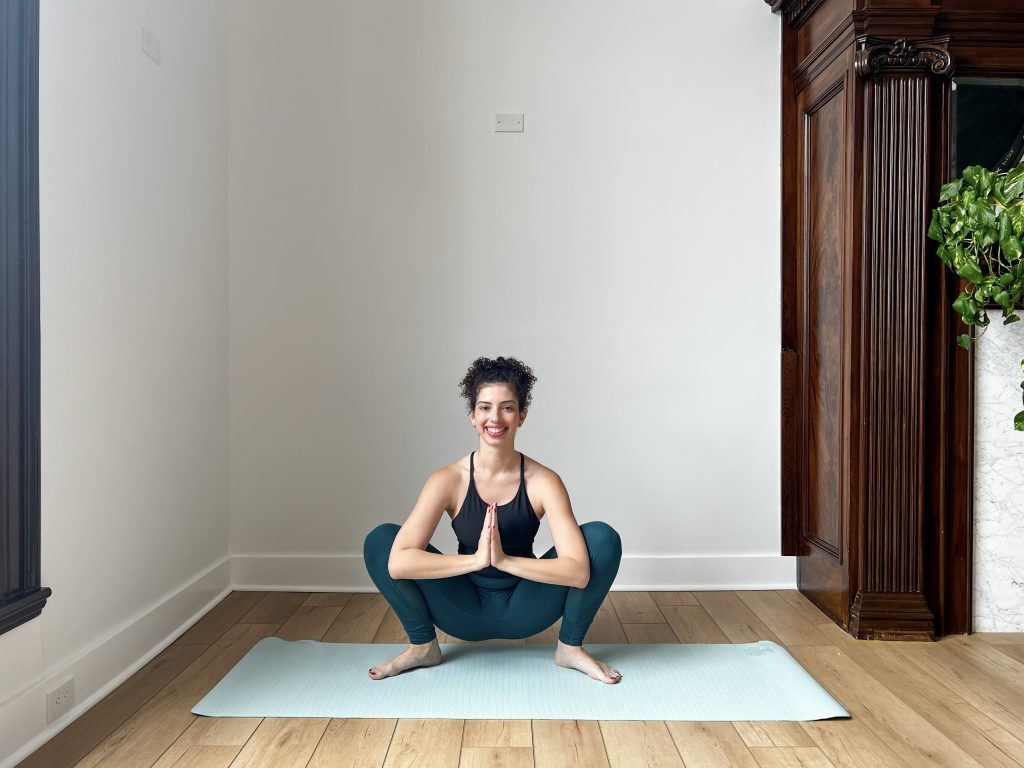
The wisdom of Capricorn reminds us to look at our responsibility to the world outside ourselves. What can our form of “work” be to create a better world for us all? Being dependable and reliable is important. Feel your inner strength as you practice malasana. Imagine yourself as a strong mountain. Let your hands in prayer at heart center help express your devotion. Capricorn energy teaches us that our hard work, every day efforts, and dedication helps to manifest our visions and goals.
?Air Signs: Twists & Binds
The air signs are Gemini, Libra and Aquarius. Air signs are perceptive and always ready to learn. They represent thinking, reflecting, and analyzing. They share the teachings of communication. Air signs express the importance of sharing thoughts and ideas, as well as practicing the art of listening. How can you welcome more curiosity into your life? Practice these poses and explore them for 3-5 breaths. Tune-in to what your body is expressing to you. Practice listening to your body and breath. Notice the sensations of engagement and stretch that you feel.
♊️ Gemini: Half Lord of the Fishes Pose
Sanskrit: Ardha Matsyendrāsana
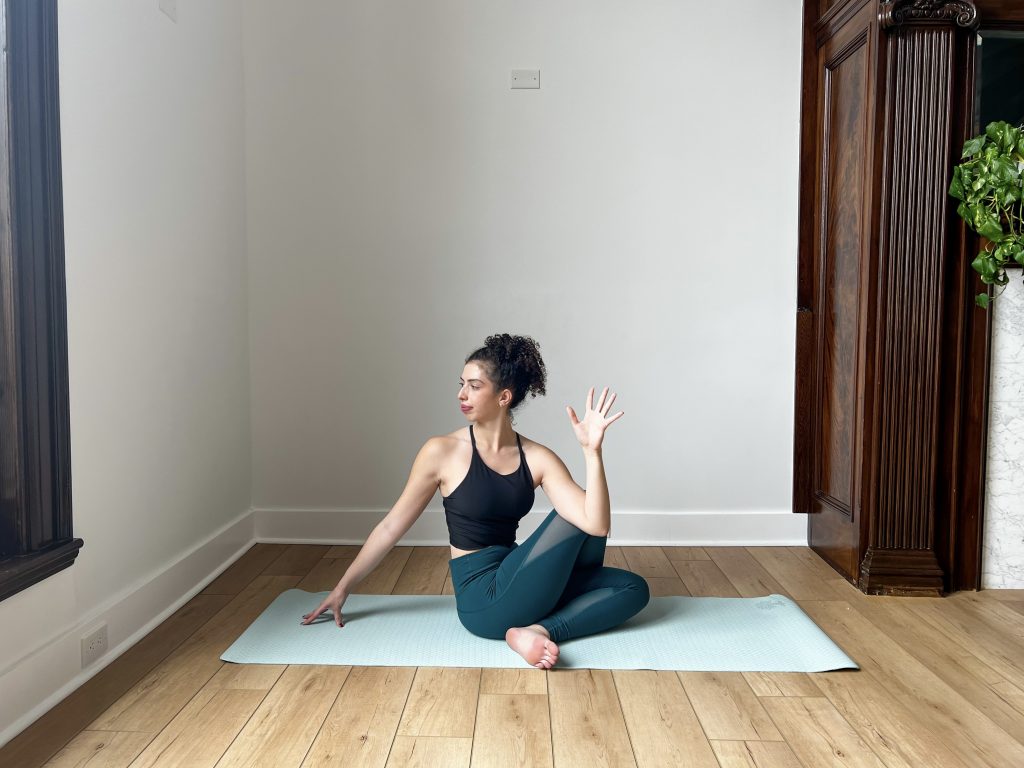
Twists help to relieve heaviness and sluggishness in the body; helping to create the space for air and breath. Gemini teaches us about being the student. Gemini guides us to learn, ask questions and collect information to form an understanding of the world around us. The wisdom of Gemini energy also shares that we each have our own story to tell the world. In Yogic tradition, a fish was listening to Shiva tell stories to Parvati and so he blessed this fish as the Lord of the fishes.
♎️ Libra: Marichi’s Pose (Sage’s Pose)
Sanskrit: Marichasana I
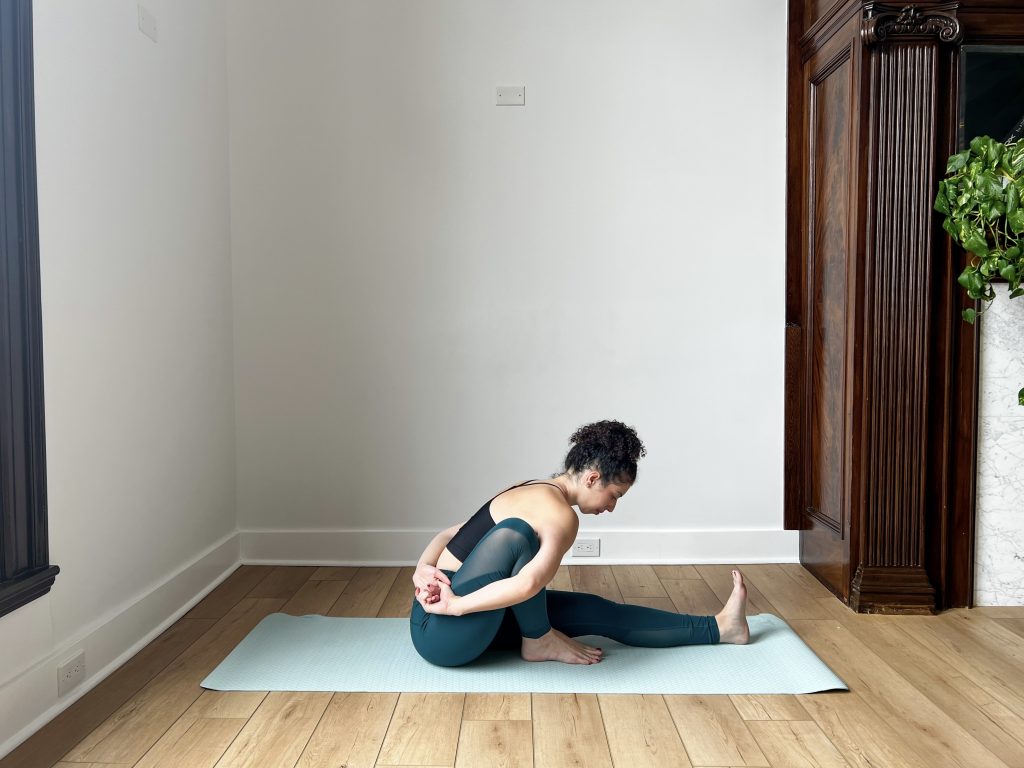
For Libra, practice Marichasana. Libra energy teaches us about balance; giving and receiving, creation and refinement, leading and following etc. Libra is mostly known as the sign of partnerships and relationships. How does your Yoga practice help build the relationship with your body, breath, mind and heart? In Marichasana you will need to find the balance between stretching and engaging. Honor the balance between what you feel in the hamstrings as you fold and feel in the shoulders as you bind.
♒️ Aquarius: Revolved Abdomen Pose / Supine Spinal Twist
Sanskrit: Jathara Parivartanasana
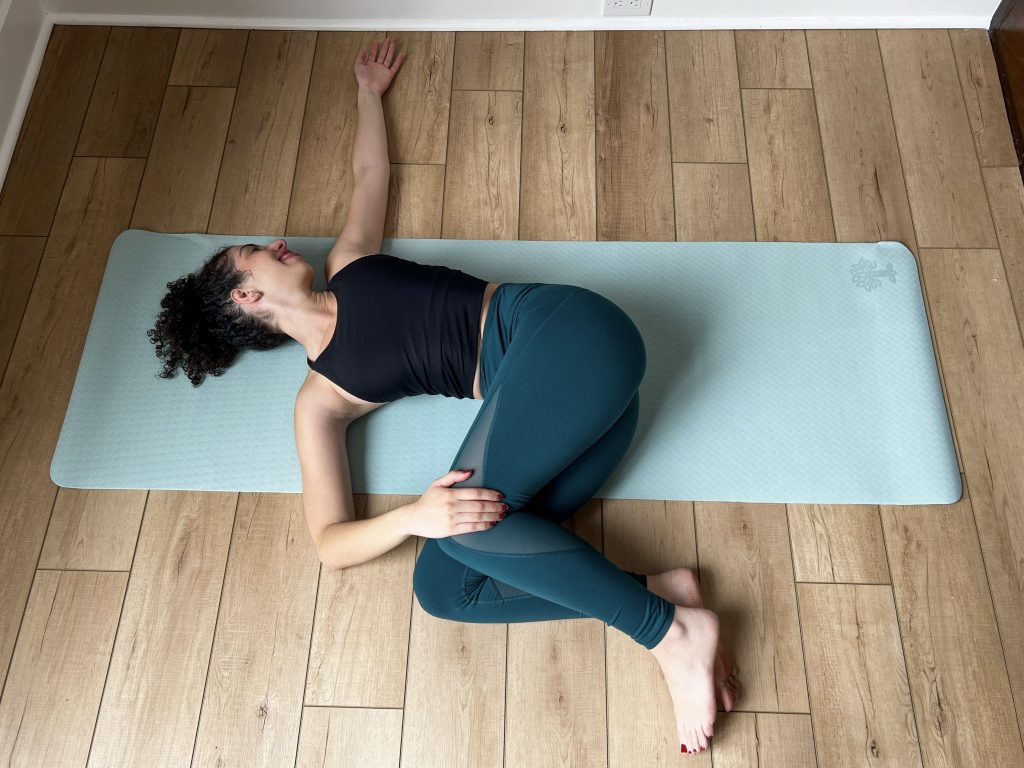
For Aquarius, practice supine spinal twist. Aquarius is often described as the black sheep, but there is more to Aquarius than what meets the eye. At its core, Aquarius energy is the revolutionary and the liberator. Aquarius wisdom asks, ‘how can you break free from conditioning and patterns that inhibit your growth?’ Although, Aquarius is an air sign it is resembled as the water bearer. In this reclined twist allow your body to be the pitcher and your arms be the flow of water and unconditional love pouring out of your open heart.
?Water Signs: Backbends
The water signs are Cancer, Scorpio and Pisces. Water signs guide us to feel. They teach us how to view emotions through the lens of love, compassion and empathy. Reflecting and honoring our emotions helps us to connect with ourselves and others. Tune in to your heart and let yourself feel as you practice these poses and explore them for 3-5 breaths.
♋️ Cancer: Reclined Bound Angle
Sanskrit: Supta baddha konasana
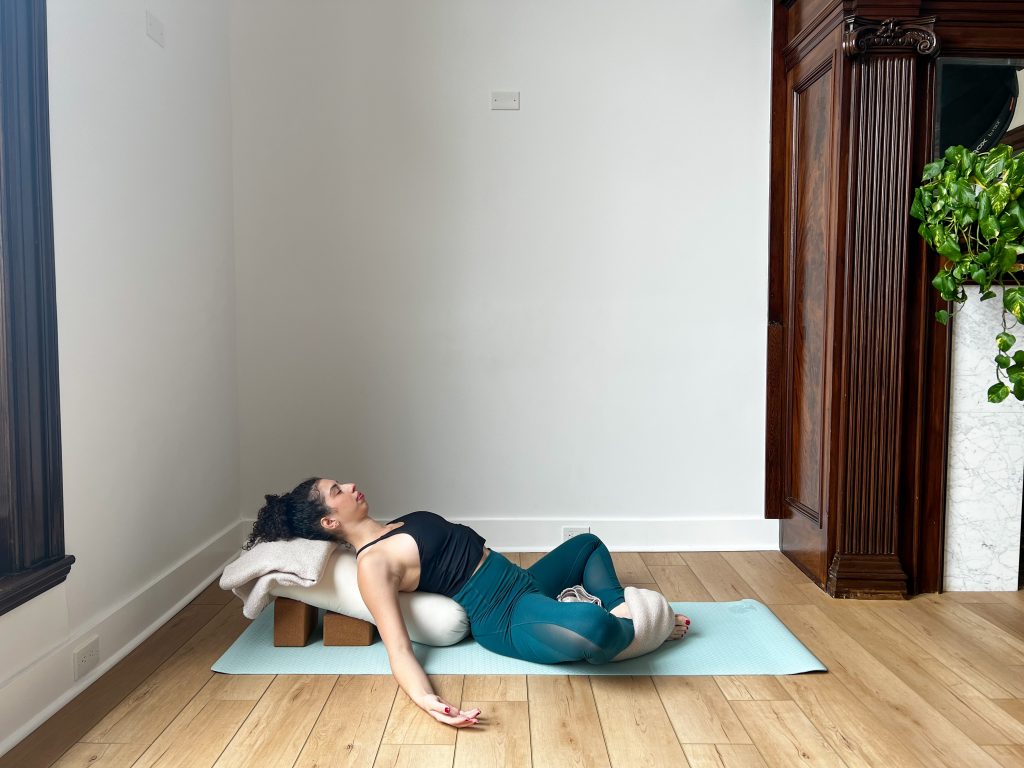
For Cancer, practice supta baddha konasana. When we are under stress, our breath also shortens. During this stretch practice slow, deep breaths. Any unnecessary tension in the hips also causes unnecessary tension in the diaphragm, thus causing a shortness of breath. The wisdom of Cancer teaches us to nurture our mind, body and heart. This teaching reminds us of the responsibility we have to take care of ourselves. Relax into this posture to welcome deep rest and nourishment.
♏️ Scorpio: Supported Bridge
Sanskrit: Setu Bandha
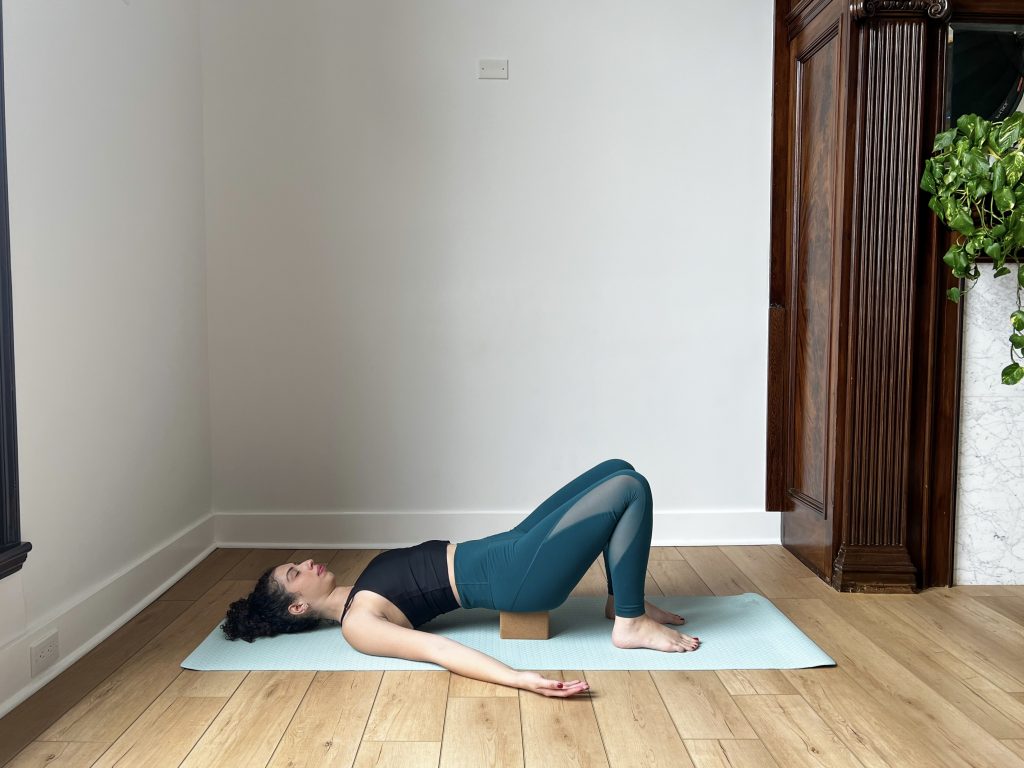
For Scorpio, practice supported bridge. Supported bridge is helpful to relax the low back and improve circulation in the body. The wisdom of Scorpio teaches us to embrace transformation and to notice how we use our energy. To scorpio, energy is currency. How do you spend and invest your energy? At one time the constellation of scorpio was blended with the constellation of libra. It was seen as the bridge between balance and harmony.
♓️ Pisces: Supported Fish
Sanskrit: Matsyasana
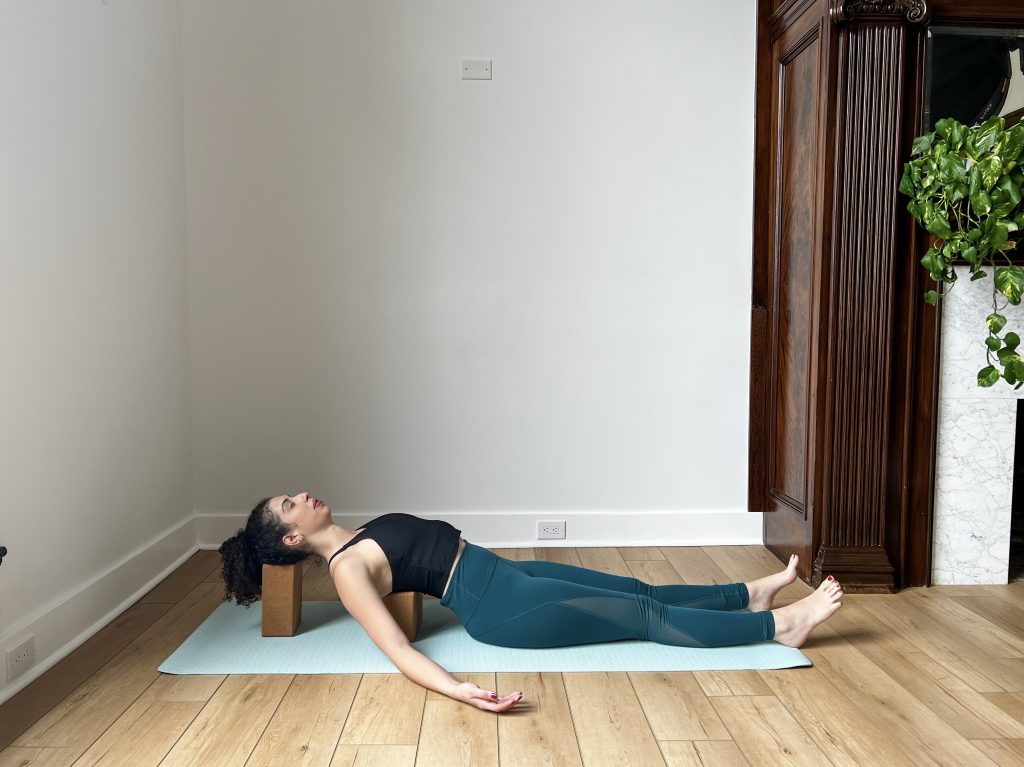
For Pisces, practice fish pose. This is another posture to feel the heart supported. Fish pose is a backbend that helps to open and create space in the spine, ribs, heart and throat. Pisces teaches us to live from the heart and to realize how we are all interconnected beings. The wisdom of Pisces guides us to honor the depths of our dreams and imagination.
Interested in learning more about Astrology?
Check out our Introduction to Astrology course where you can discover the qualities of each sign to inspire you classes, workshops, and everyday life!
Related Courses:
